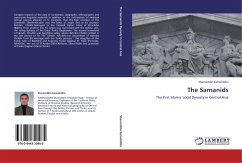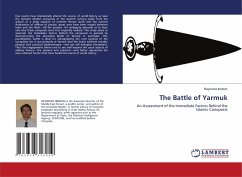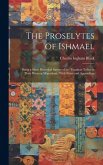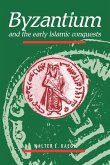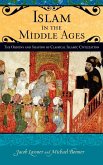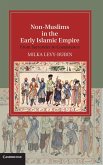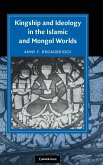Complex research of the data of numismatic, epigraphic, ethnographic and toponymic-linguistic materials in addition to the information of medieval textual sources allowed us to conclude, that the high ancestor of the Samanids Saman-Khudat was the Turkic of origin and as his ancestor Bahram Chubin belonged to the Iranized Oghuz tribes of Khurasan (Balkh). From another line his origin was connected with the Ashina clan, the ruling dynasty of the Great Turkic Qaghanate. The second homeland of Saman- Khudat was Farghana valley, where Bahram Chubin settled in the last period of his life. Saman- Khudat was descendant of Bahram Chubin from his marriage with the Turkic princess - the daughter of the Turkic ruler of Bukhara and Supreme Turkic Qaghan El- Tigin (Parmuda, Nili-Khan), the son of El Arslan (Shir-i Kishwar, Sawa-Shah) and grandson of Tardu Qaghan (Qara Churin).
Bitte wählen Sie Ihr Anliegen aus.
Rechnungen
Retourenschein anfordern
Bestellstatus
Storno

